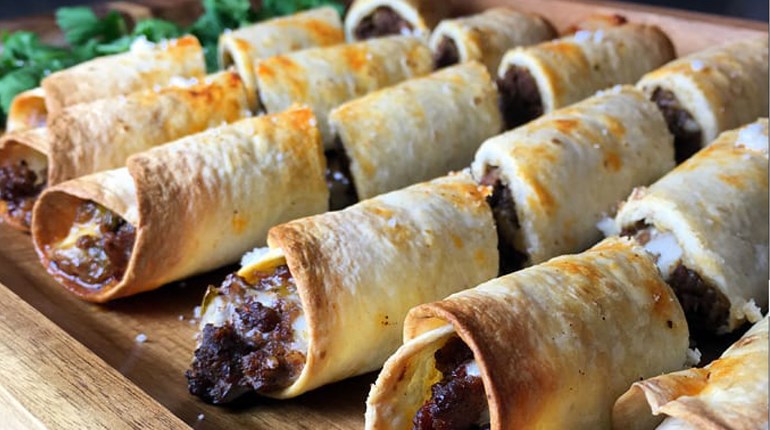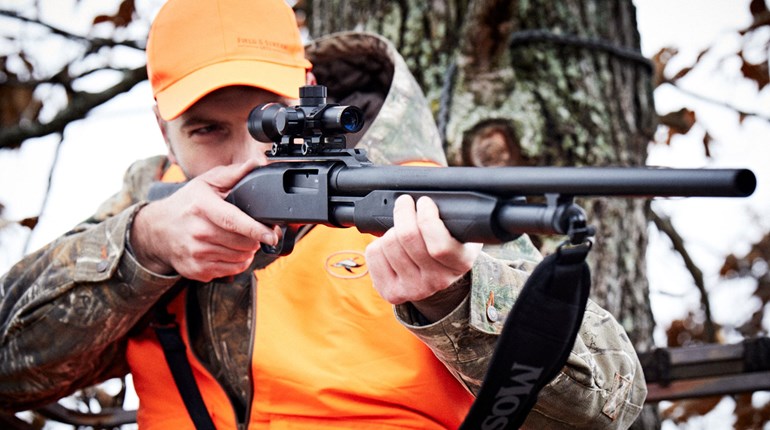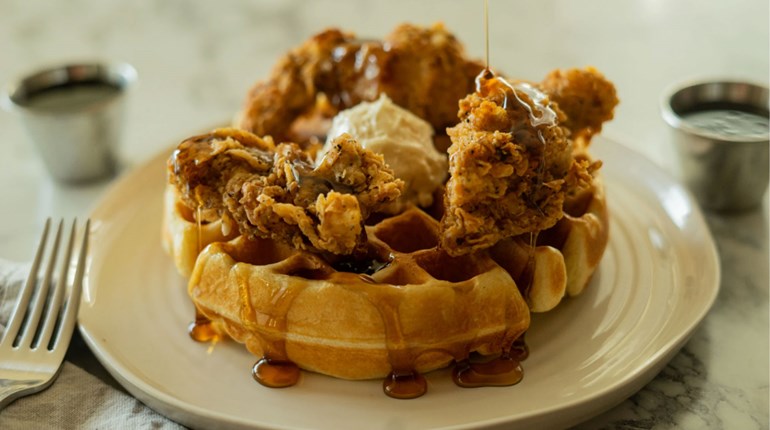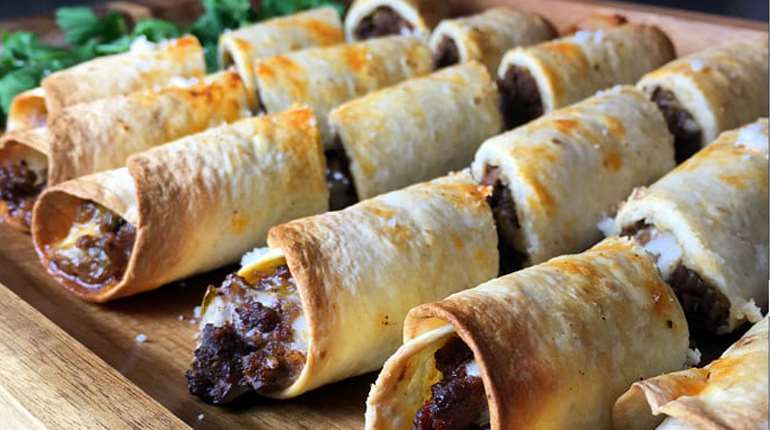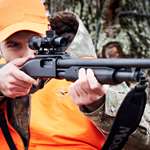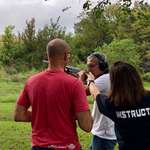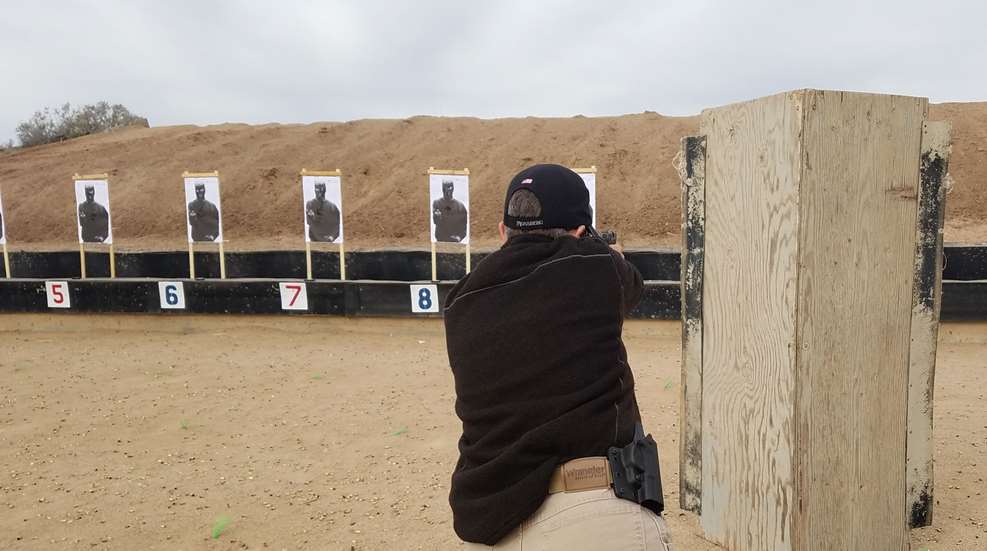
I freely admit that handguns are my weakest discipline. I’m a pretty good rifle shot, and I get great satisfaction out of punching holes in paper, especially when those holes are touching or tightly clustered in a nice, neat group. It appeals to my sense of order and my perfectionist side.
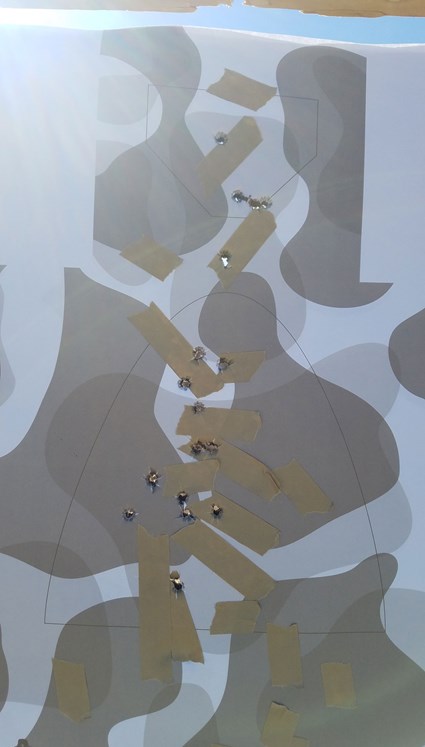
Shooting handguns humbles me, because I’m still just not as good at it as I want to be. No matter how careful and deliberate I am and how slow I go, drawing out that trigger pull until it surprises me like everyone says you’re supposed to, my groups don’t touch. Heck, they aren’t even that close together. There’s often a random flyer that ends up way out place, while the nice, tight group I was hoping for is closer to the size of a basketball (on a bad day).
So when I tell you that your handgun groups don’t have to be golf-ball tight or even softball-tight to be effective for self-defense, I’m preaching to myself as much as I am to you. But it’s the truth: Group size is almost irrelevant. The only thing that counts is stopping the threat and not causing collateral damage in the process.
Il Ling New, an instructor at the famed Gunsite Academy in Arizona, confirmed. “What’s our goal?” she asked me. “In self-defense, it’s to stop the human threat in a timely fashion. To achieve this, our three critical elements are 1.) Where to hit, 2). Time, 3.) Stress.
“We take eight inches as the first vital zone (heart-lung) area we want to hit. (The second vital area would be the central nervous system/head shot.) Those eight inches is my acceptable target area, or shot group spread.”
So an eight-inch group is plenty effective for stopping a human threat! That’s great news, but it only covers Il Ling’s first critical element, “where to hit.” There are two more, and the second is “time,” which she says is equally important.
“In defensive situations, mere fractions of seconds can mean the difference between surviving and not,” she said. “For most of us mere mortals, it will take more time to achieve a smaller group than a larger. In a defensive situation, is it worth the extra time to shoot within, say, a three-inch area, versus an eight-inch area? Also critical—I must not shoot faster than I can control my shots; they should not miss that vital zone.”
A threat stopped with a baseball-sized three-shot group is stopped just the same as the threat stopped with a pie-plate-sized group—but if it took me six seconds to get my “perfect” shots off and only a second and a half to spread three shots over that eight-inch vital zone, there’s a clear winner. The four-and-a-half-second difference represents a world of time that the bad guy could be shooting back, advancing on me, or otherwise still attempting to ruin my day. In other words, fast and moderately accurate shots will save your life better than slow and perfectly placed shots. The trick, as Il Ling pointed out, is to shoot as fast as you’re able without missing. And that comes from practice.
Fast and accurate are fundamental; you know you need to hit what you’re aiming at and you know you need to do it quickly. But the third critical element is one that’s not talked about nearly as frequently: stress.
“We need to deliver our shots into that eight-inch vital zone in time to stop injury or death,” Il Ling said, “but we need to do it on demand and under all conditions—we’re scared, we’re shaking, it’s raining, it’s loud, it’s crowded. We are under extreme threat and under life-and-death stress. It’s known that this kind of stress badly degrades performance.”
In other words, those golf-ball-sized groups you shoot at the range are probably going out the window in an adrenaline-fueled situation, anyway. This is both a reminder to keep dialing in your accuracy (because you’ll devolve to the level of your training) and a reminder to focus on all aspects of good shooting—of which accuracy is only one.
To be a good self-defense shooter, you must have all three elements—accuracy, speed, and the ability to perform under stress—in balance. “There is a point where shooting only for (small) group size is actually detrimental to our goals,” Il Ling said. “If we habituate to that speed and technique—acquiring that perfect sight picture, etc.—we very likely will not perform as needed to stop a real-person threat. Second, shooting only for speed, sacrificing accuracy, won’t help, either.”
Range shooting isn’t real-life-threat shooting. If you can only shoot well when conditions are perfect and you have all the time in the world to line everything up just the way you want it, you aren’t as good of a shooter as you think you are—at least not in the ways that matter. So you must train all three elements, and understand that each is going to have to compromise a bit in order to keep the others in balance. That means your groups, when you’re training for serious self-defense, are going to have to open up a little bit so you can speed up and manage the conditions you’re presented with.
I’m an advocate for shooting under pressure as often as you’re able, which will really help accustom you to managing that stress element. And trying to shoot those super-tight groups I admire so much is one way to train accuracy, so don’t feel like you have to give them up entirely. In fact, Il Ling shoots them, too, in one of her personal practice drills: “I try to shoot three to six rounds, touching—slow-fire, with no time limit,” she told me. “This requires me to muster the best marksmanship technique, as well as mental focus, that I can.”
Just don’t forget to also train for time. Il Ling has a drill for that, too: “In another exercise, and just as important, I’ll use a timer to work on reducing the time I need to make at least two (more is fine) hits in that eight-inch vital zone. If I start missing the vital zone area, I’ll slow back down, sometimes even going to the slow-fire, shots-must-touch drill to retrieve my basics.”
So there you have it: Permission to open up your self-defense groups a little bit and take some pressure off yourself to be perfect. In a self-defense situation, good enough is good enough. Remember to balance stress, accuracy and time when training. If an eight-inch group is good enough for one of the most capable and knowledgeable instructors in the world, I think I can give up some of my perfectionist tendencies and say it’s good enough for me (and you), too.












